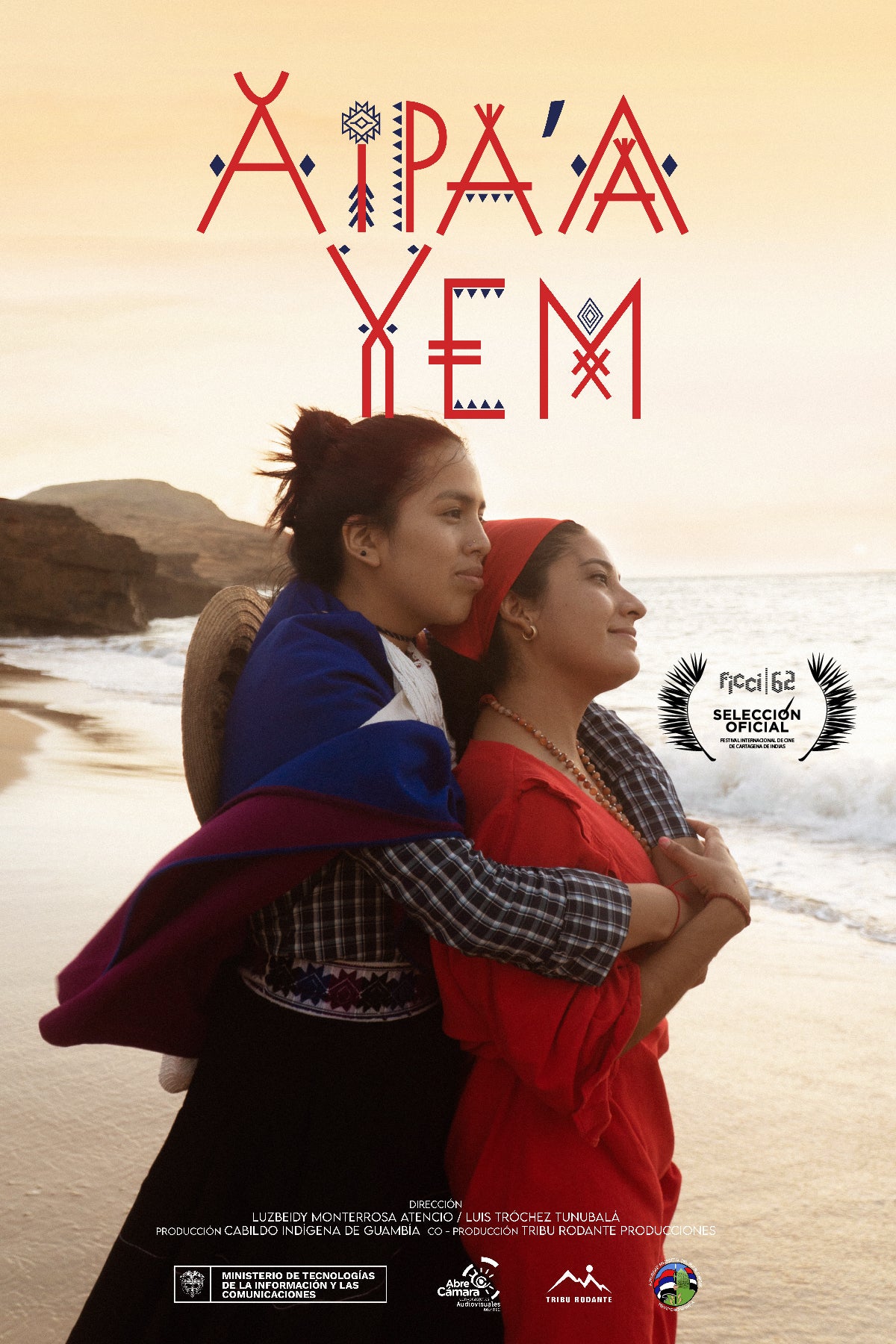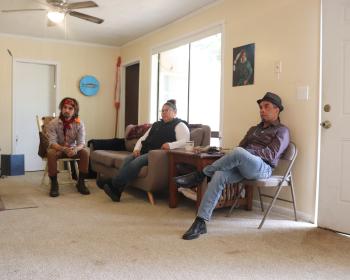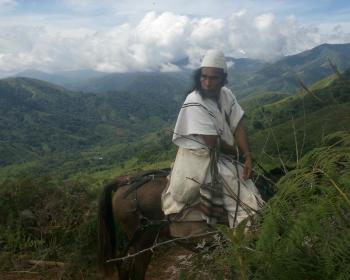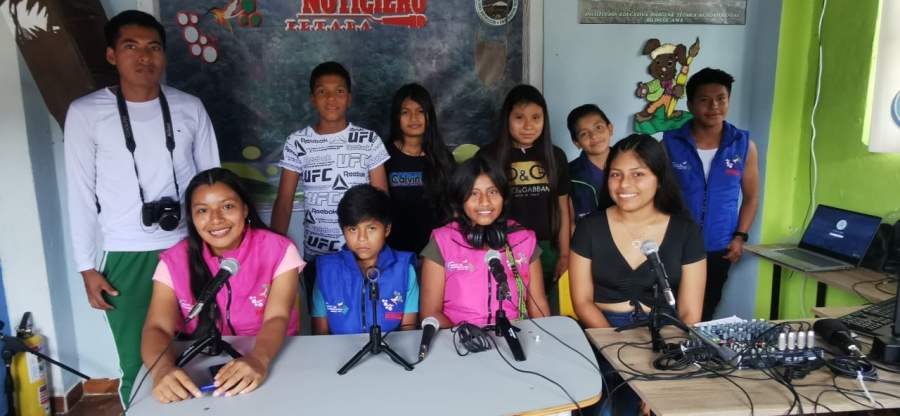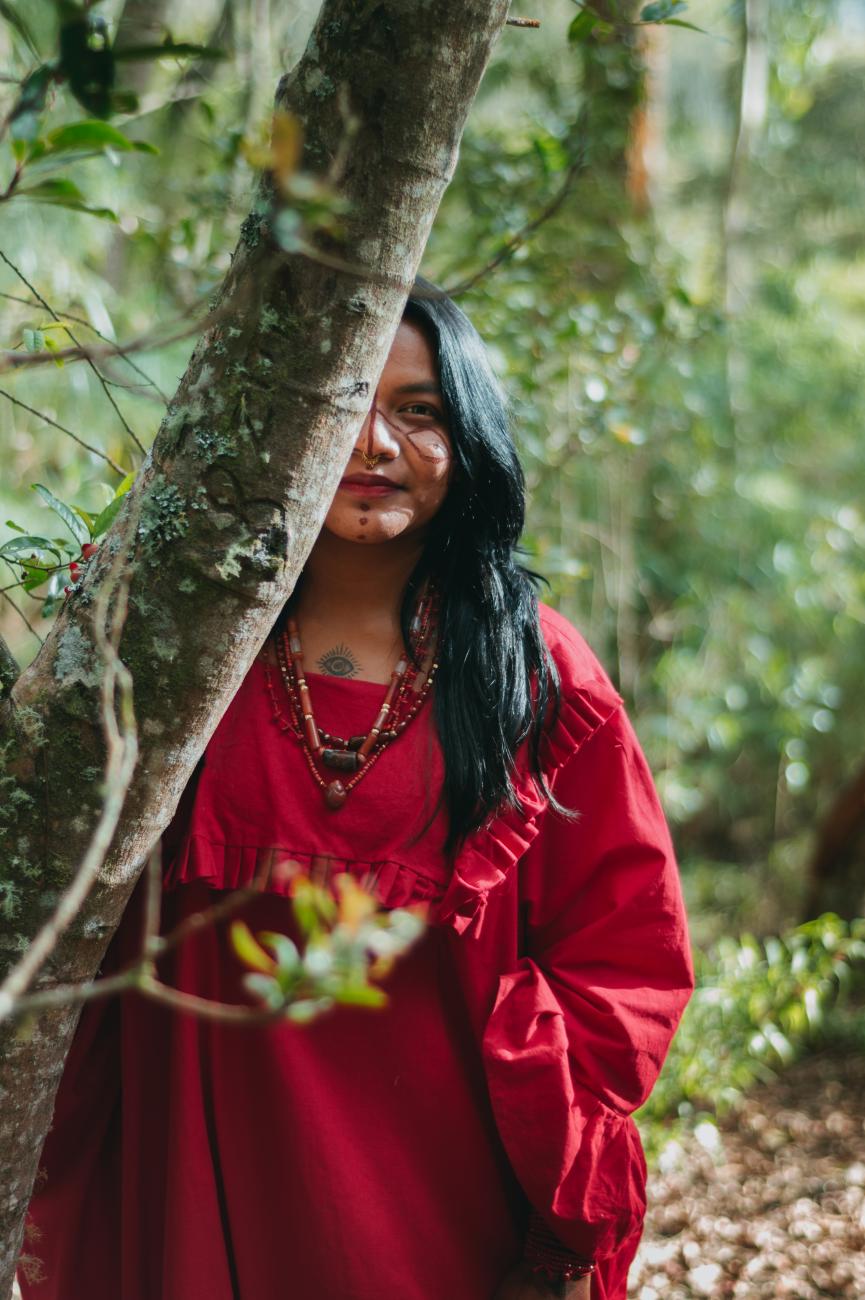
By Carlos Madrigal (Mazahua/Jñatjo)
Luzbeidy Monterrosa (Wayuu) is a young Indigenous woman from La Guajira, a binational Wayuu town located between Venezuela and northern Colombia. She was born in Venezuela territorially and has both nationalities through her parents. For the past eight years, she has been making and directing films from the perspective of the Wayuu people and their territory. She is currently a film student at the Cinematographic Institute of Humanistic Research in Mexico.
Since her beginnings as a filmmaker, Monterrosa has used visual communication to express the situation of her territory’s dual nationality. From 2018 to 2020, she collaborated with the National Indigenous Organization of Colombia for a political participation project, and since 2020 she has been part of “Agenda Propia,” a digital media platform dedicated to creating communication networks in the territory from a feminine perspective.
Monterrosa has done outstanding work educating and training women and children in La Guajira, Putumayo, and other places in Colombia. Her project, “The Origin of Knowledge and Balance of the Feminine World,” develops training for the most vulnerable sectors within Indigenous communities. She has had the opportunity to work with UNICEF in the Center for Psychosocial Development, working with children and young people who are victims of the armed conflict and talking about her work in audiovisual media and photography.
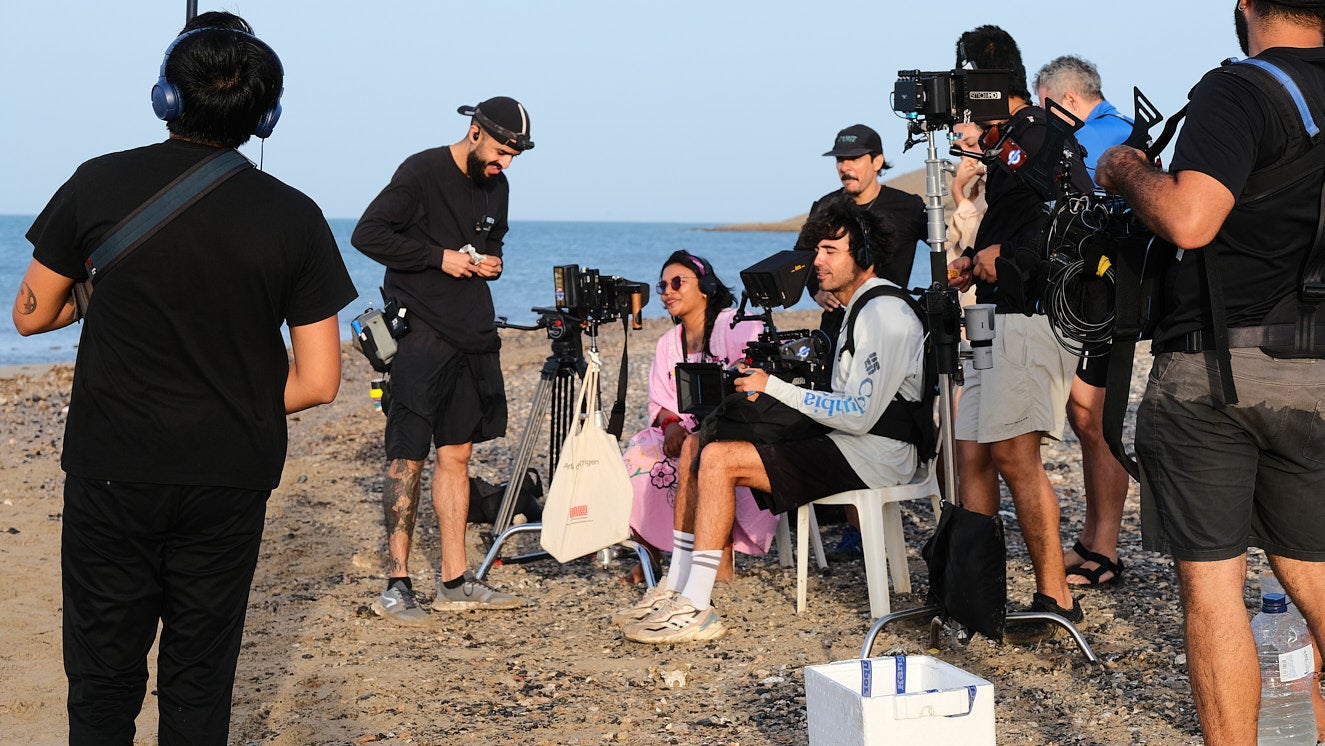
Communication as a Form of Artistic Expression and Defense
Communication has the power to change the narrative and encourage Indigenous children and women to process experiences of violence or violations. “Communication is a form of artistic expression and a way to capture these realities from a respectful point of view; [it is not about] revictimization, but rather, how we seek to heal,” Monterrosa says.
Monterrosa's passion for communication has grown over time due to events she witnessed while growing up in La Guajira. When she was 10 years old, she saw how a transnational company sought to exploit resources in the territory, and that it was necessary to make that known to the world. “I understood that we, as Indigenous people and as women, can implement, use, and take advantage of all these [communication] tools as a form of defense,” she says.
For Monterrosa, the power of information and communication plays a crucial role in the empowerment of Wayuu women and children, demonstrating that with the sharing of stories and realities, reflection and discussion on rights in the region can expand.
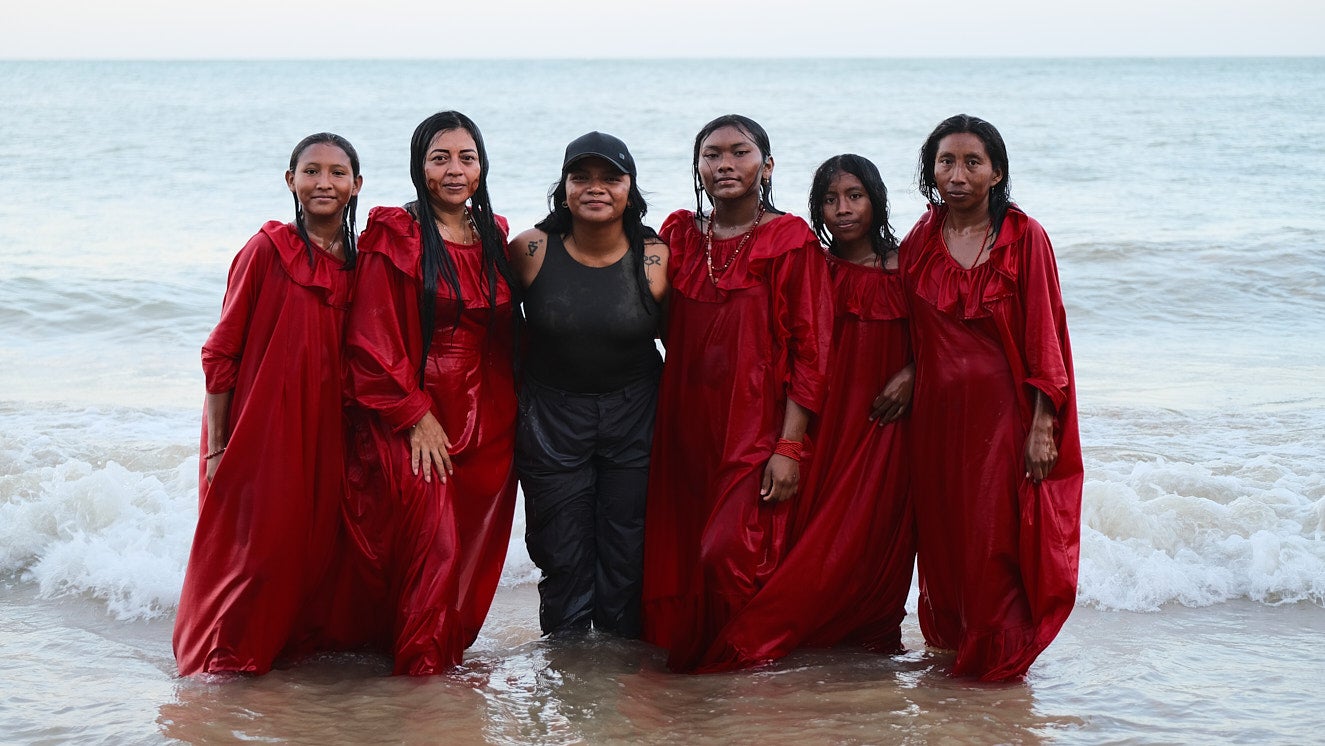
Speaking from the Territory
Monterrosa says that through her work in different Indigenous communities, she has found various issues in need of highlighting, and has also gained knowledge and connections that can be shared further among other communities. Her goal is to expand her project to more parts of Colombia and Venezuela.
As for her personal life, Monterrosa says that living her sexuality freely as a lesbian has been a challenge. While she identifies as feminine, others assign her a masculine identity due to her attraction to other women. Although she has generally been received positively within her territory, there are moments where she confronts hostility. However, she maintains positivity and patience, understanding that decolonizing these attitudes is a process.
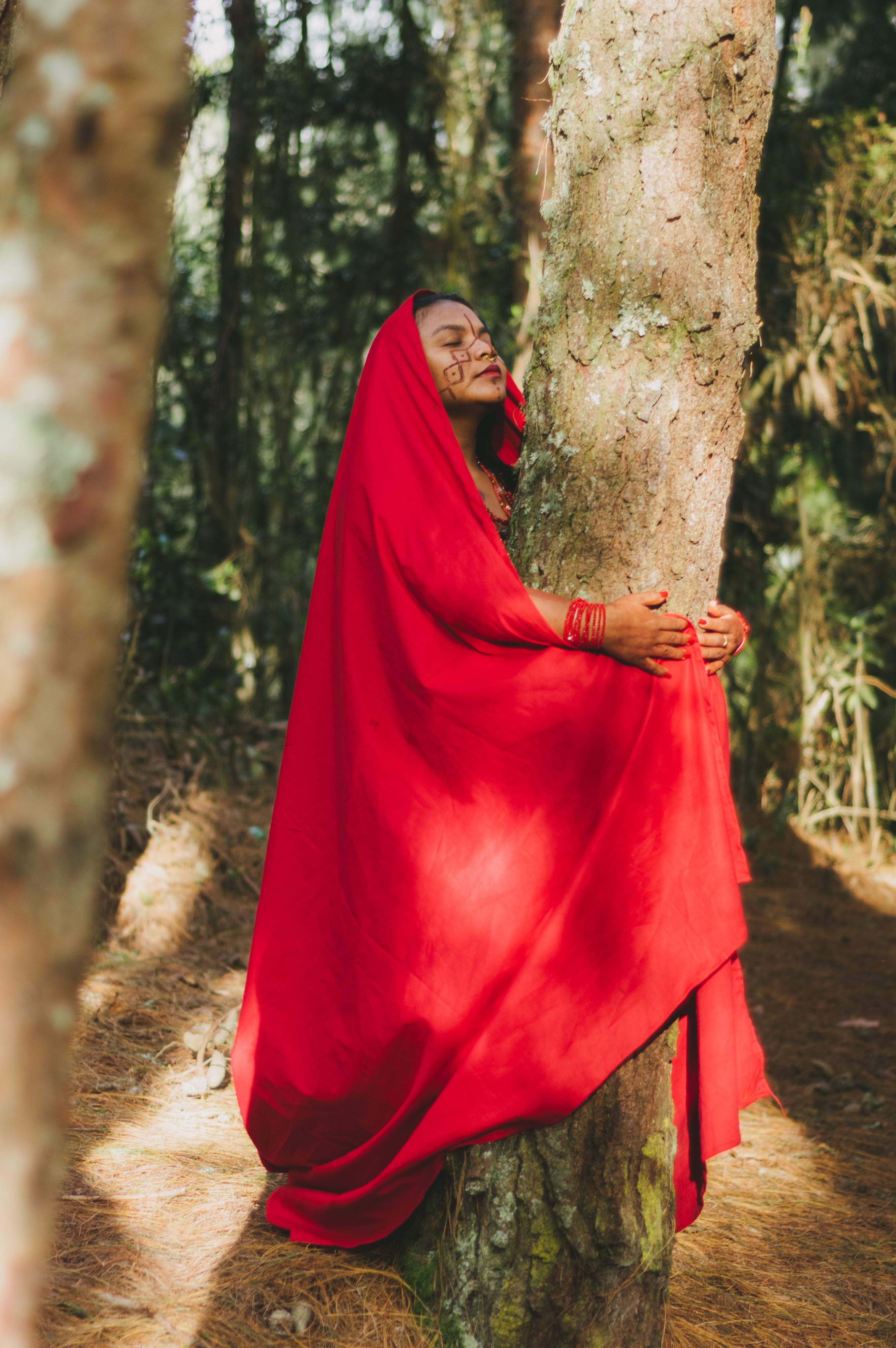
“A lot has happened to me in Indigenous communities. There is respect and admiration for me and my work as a result of my experiences growing up in different areas and respecting the knowledge of each community. I am a woman who was born and raised in Venezuela. When I returned to my territory when I was 16, I came with knowledge of a different way," Monterrosa says.
Realities are diverse, and often the disconnect between these differing realities does not contribute to the promotion of rights and freedoms, instead isolating women and children and diminishing their social, political, and economic participation. For this reason, Monterrosa sees communication as an essential tool for people to create and transmit their messages imbued with their own realities and perceptions of the world, to reach people who are having a similar experience.
